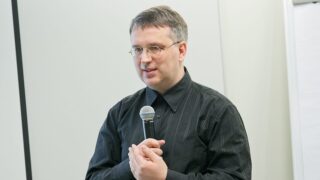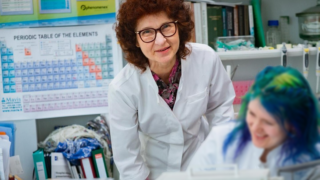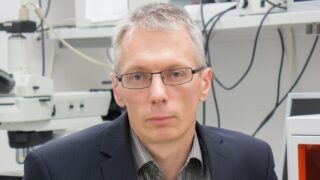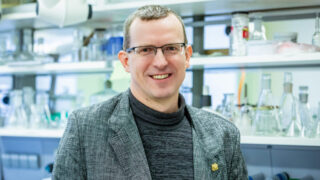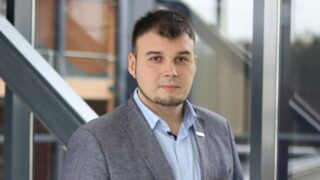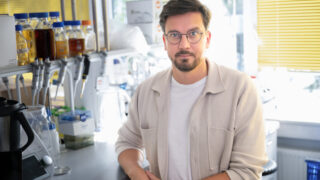
Our research is focused on addressing global challenges of bio-sustainability, including sustainable production of food and feed, but also biochemicals and materials. We are developing novel bio-based processes where microbial cell factories are used to convert various waste carbon like food- and wood industry waste into value-added products.
Relying on the multi-disciplinary skill-set in our research group, we have established the Design-Build-Test-Learn cycle of cell factory design and bioprocess optimization. We use advanced metabolic modeling for the design of novel cell factories; we develop novel synthetic biology tools for the more efficient engineering of cell factories; and use our lab-scale bioreactor platform for the process characterization and optimization. We are additionally utilizing the advancements of additive manufacturing to develop ’living materials’, which will improve biotechnology-based production processes.
By combining these approaches, we aim to translate fundamental science results in industrial biotechnology applications by constructing more efficient producer cells. Together with our global and local partners, we are developing the whole value chains in circular economy for the sustainable production of value-added products with minimal waste streams.
More information: https://bioeng.taltech.ee
biotechnology, cell factories, circular economy, local substrate valorization, synthetic biology, systems biology, yeast
